From Dubai Art Fair to Alserkal Avenue and Dubai’s Business District, the UAE’s must-go-to art happening takes over the city. This year’s events and exhibitions find common cause with the pressing issues du jour — the environment and art from the non-western Global South.
Sophie Kazan Makhlouf
In the busy foyer of Art Dubai, two enormous, copper pillow shapes of “Measuring Physicality of Void,” 2022 by UAE artist Shaikha Al Mazrou are stacked on a black podium, around which thronging fair visitors step or use as a backdrop for endless selfies. Al Mazrou’s sculpture, made from welded copper sheets, are only two of five acquired by the Huna Sculpture Park, soon to open in the city. Huna is a subsidiary of the investment firm behind Art Dubai and so these massive sculptures with their eye-catching, shiny golden glow are a clear indication of the cozy relationship between finance corporate interests and art, that exist here in Dubai and in much of the UAE.
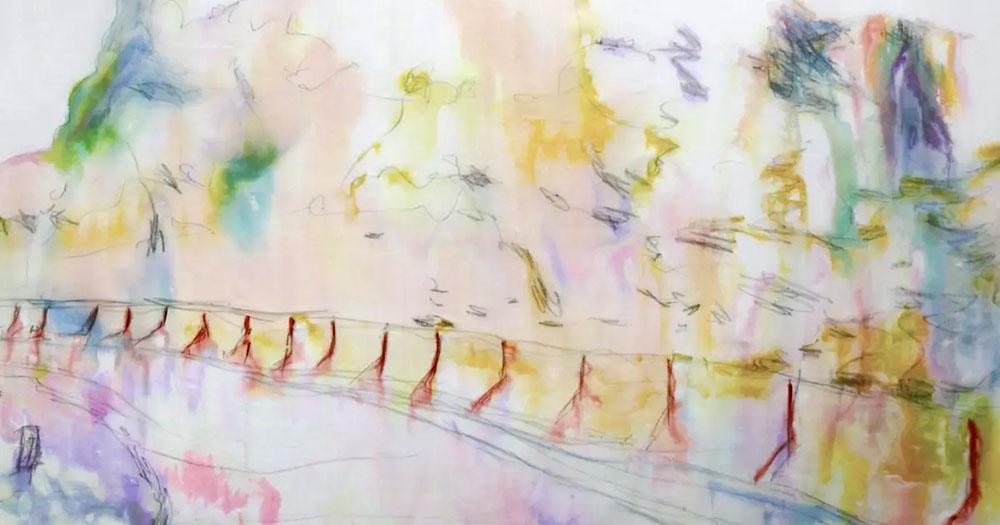
Interestingly Al Mazrou’s work, which explores materiality and focuses on the contradiction of form and touch, has made her an UAE artist with a prominent international presence. A few steps away from her copper sculpture is Hashel Al Lamki’s installation and NFT. “Silk Road,” 2022, features a silk painting of the Jebel Hafeet mountains, painted with natural pigments, and massive screens that stretch nearly five meters from the ground. The installation reflects the historic cultural connections and trade routes that have drawn people together. In the shelter of the screens, special chairs and massage therapists were laid on, offering 15-minute massages to fair visitors who had not found themselves in one of the many luxurious lounges offering canapés and cocktails laid on by the fair’s many corporate sponsors.
Dubai Art Week, which takes place over a busy long weekend in the Spring, is always a scramble for artists, galleries and art lovers. It comprises Art Dubai, situated in the leafy Arabian fortress hotel of Medina Jameirah, with its busy program of events. In addition, the Al Quoz industrial art district, Alserkal Avenue, holds several late night gallery openings and satellite exhibitions. In the Dubai Business District, even more galleries and auction houses Sotheby’s and Christie’s hold showcase exhibitions. With Ramadan beginning on March 10, a flurry of UAE art activities collided during this art week. Taking place in nearby Sharjah in the former Khalid Bin Mohammed School was the annual March meeting art talks, themed Tawashujat — roughly translated as weaving together — which considered themes of coordination and working together. The Culture Summit in Abu Dhabi, entitled A Matter of Time, also coincided with the second day of the fair. This made it tricky and often embarrassing for art lovers to prioritize which events to attend.
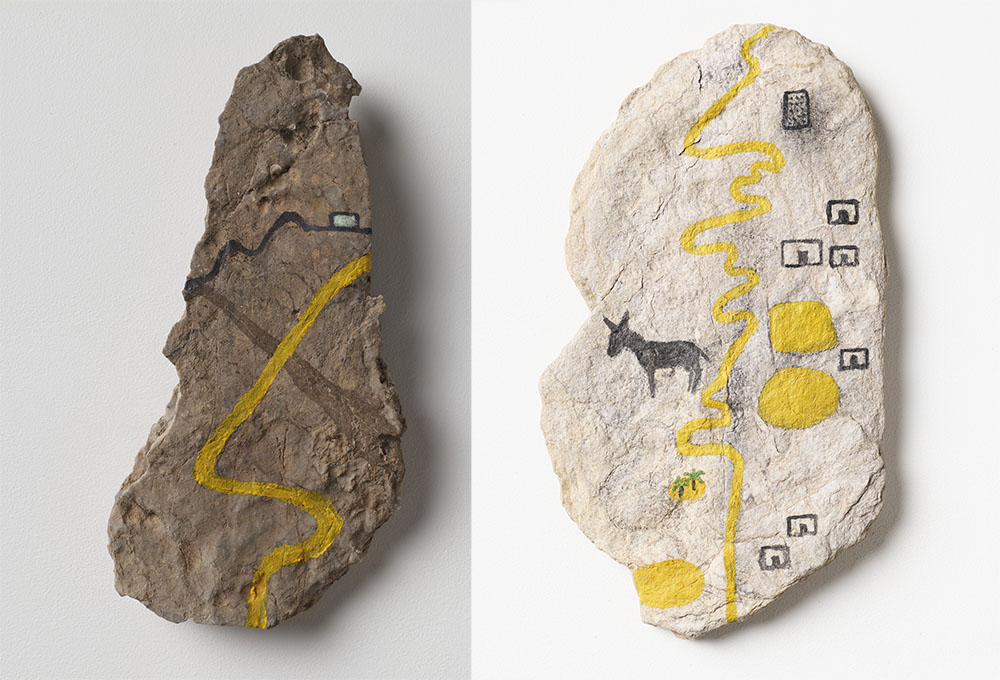
UAE’s 2024 Venice Biennial and the Usual Suspects
For this reason too, the UAE’s pavilion at the 2024 Venice Biennial, Sites of Memory, Sites of Amnesia, whose official opening is on April 20, had a presence at the fair. The pavilion will include work by the conceptual artist Abdullah Al Saadi. Al Saadi, the National Pavilion UAE’s director Laila Binbrek, and her team had a presence at Art Dubai, for Al Saadi to speak about the work and in order underline continuity in the country’s approach to art, nationally and internationally. Binbrek has been at the helm of the National Pavilion since 2014, a role that is as much one of organization and tact as one of cultural diplomacy. What is, I asked her, the role of Dubai’s art fair and the development of the UAE’s developing art history?
She explained, “With the art and the architecture pavilions, we continue to ask ourselves what more can we bring and build on to reflect what is happening here and also to inspire our future creatives. [For example] Al Saadi has been one of the artists shaping artistic practices here in the UAE for many years. We see things changing.”
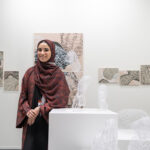
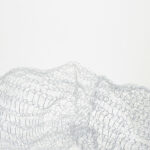
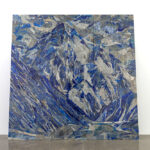
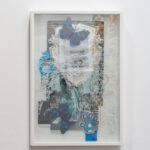
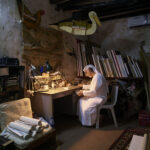
These feelings of optimism are somewhat tempered by the political situation that has rocked the Middle East since October. In Dubai, opening parties and preview events have been kept to a minimum in solidarity with Gaza. In the halls of Art Dubai, this feeling of empathy, self-awareness and inclusion reigned over the usually glitzy event. There were more galleries from Africa, Asia and Latin America and a marked reduction in European galleries present. The fair’s overall mission remains commercial — of course — but situated as it is between so many different art “worlds” there was a strong emphasis on the emerging, non-western Global South.
Many of the regular Dubai galleries including, Tabari Artspace, Leila Heller, the Third Line, Meem Gallery, Ayyam, and Gallery Isabelle Van Den Eynde showed a broad array of international artists and artists from the UAE. Lawrie Shabibi Gallery presented sculptures by the artist in the 2022 Venice Biennale, Mohammed Ahmed Ibrahim, smaller Al Mazrou relief sculptures, and a massive jigsaw puzzle of lapis lazuli by the artist Hamra Abbas. Other artists including Nabil Nahas and Moroccan artist Mohamed Melehi, whose work was also fêted in the Casablanca Art School exhibition in the Sharjah Art Foundation this month, are also represented by Lawrie Shabibi.
“This year’s fair was very robust with lots of visitors from local residents as well as from abroad. We made some good sales to new collectors from Shanghai, Beirut and Seoul — at the booth and the gallery where we had a solo by Mandy El-Sayegh,” said co-owner, Asmaa Al Shabibi. “Being on our home turf means that the gallery and fair feed off each other and so overall we had a fantastic and very busy week.”
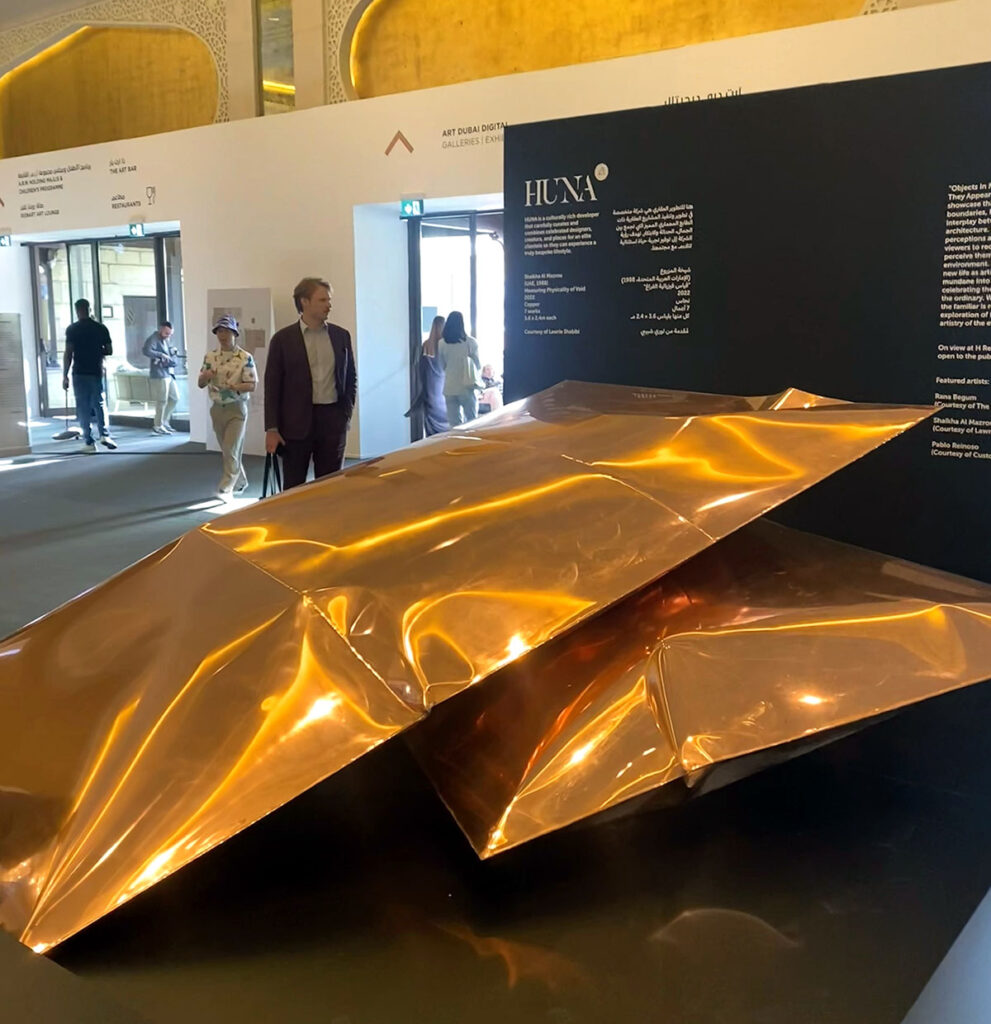
Particularly stunning was Gallery Isabelle Van Den Eynde’s “Buckets,” by Hassan Sharif. A vertical heap or grouping of flattened black plastic buckets mounted on the white wall. Sharif, known to many as the godfather of art from the UAE, collected discarded objects as a way of highlighting the disposable nature of mass-produced items. This mounted work on the gallery’s back wall was particularly eye-catching amongst the fair’s hubbub.
The Third Line Gallery showed works primarily by women artists. This included Sophia Al Maria’s “Al Atlal Millennium I and II”, two shallow wall-mounted collection boxes; Bady Dalloul’s “Ephemeris,” 2020; and Rana Begum’s popular “Folded Grid,” 2022, from the artist’s folded series. It was a particular hit, with visitors staring at Begum’s small, colored rectangles that appeared so beautifully crumpled. Wall mounted again was Huda Lotfi’s “Offering the Silver Hand,” 2008, an installation of silver-colored and apparently dismembered hands. Made of synthetic resin, these appeared to be life-sized and female. While some were open and facing the viewer in a gesture of kind acceptance, others turned in and were covered in fine black calligraphy, reminiscent of Shirin Neshat’s photographs of women’s faces bearing similar marks.
The UAE-owned gallery Aisha Al Abbar Gallery marked its return to Art Dubai this year and it made its mark with a powerful presentation of Alia H. Lootah’s knitted wire sculptures. The delicate line drawings stand out for their clarity and painstakingly detailed minimalist aesthetic. Aisha Al Abbar represents a select number of rising contemporary names, including Asma Khoory, Layla Juma and Salama Nasib as well as several veteran UAE artists such as Nujoom Al Ghanem and Najat Makki. Shilan Samaei, the Gallery’s Director observed, “Having recently relocated from New York, this was personally my first experience of Art Dubai which has been nothing short of delightful! It brings me immense joy to see that our gallery, being one of the few Emirati galleries in UAE, led by an Emirati woman, has garnered significant attention from the public and collectors. Being engaged with numerous collectors and the gallery’s long-time supporters we nearly sold out on the first day and it makes our participation in Art Dubai exceptional.”
The Lebanese presence of the galleries Sfeir-Semler, Saleh Barakat, and Agial were strong, despite the country’s challenging political and economic situation.
A small but exciting number of European galleries have started showing works by artists from the region. At Viennese Galerie Krinzinger was Lebanese artist Alfred Tarazi’s poignant commentary on the country’s Civil War, The Song of Ruins 2024 and Lovers (Cinema), 2023. The latter tells a love story between a film star and a freedom fighter, portrayed in a framed box with two rotating image rolls that can be wound by the viewer. Also at Krinzinger was the Saudi artist Mana Malluh’s installation of cassette tapes (Food for Thoughts Farava II, 2023) an installation of blue and white cassette tapes laid out on food-trays as a comment on the bringing together of people around meals and around the tapes. The colored tapes spell out the words fatwa and haram in Arabic, which refer to forbidden and taboo ideas and actions.
Gallery Isabelle Van Den Eynde in Dubai presented a series of works entitled Mapping Coordinates by UAE artist, Mohammed Kazem. These saw the artist’s continued work on themes of disorientation and space using acrylics on scratched paper. The art portrayed not only Kazem’s continual location of time and spaces, but also his work on the sound of objects, in which the artist collected paper scratches in glass vials.
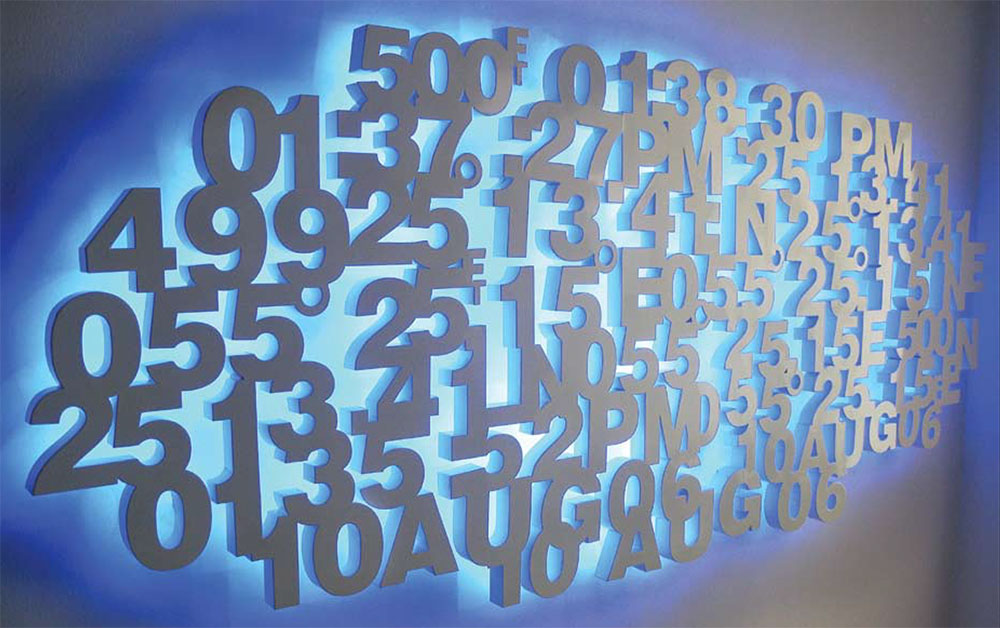
Reframing Art Dubai
Turning on its head the notion of the art fair as an elitist trade show was one of the art fair’s specially curated sections, explained Art Dubai’s Art Director, Pablo Del Val. In Hall 1, the section entitled, Bawwaba, curated by Emiliano Valdes, had a theme of wellness and reconciliation. And in Hall 2, Central Asian specialist at the American University of Sharjah (AUS), Christianna Bonin presented powerful works by African, Arab and global South artists, who had all trained in the Soviet Union from the 1960s onwards. Soviet social realism was particularly evident in Saudi artist Abdulasattar Al-Musa’s monochrome series, Al-Ars fe-Al-rafae 5/5, 1986 and Coffee Abiunsir, 1986. The prints recall the iconic imagery and strong graphic quality of Soviet propaganda posters, with an Arab edge.
I caught up with Lisa Ball-Lechgar , from M_39, whom I first met at the first Abu Dhabi Art Paris in 2009. She said, “I’ve seen Art Dubai grow and change over all 17 editions. This year what particularly struck me was the scale and affordability of many works (especially those in the Bawabba section).
“The diversity of mediums is always refreshing to explore through the ever-growing number of artists embracing the circular economy as a core part of their practice.”
A few steps away from where we stood was the third section of the fair, the Digital Art Dubai halls and the Global Art Forum, also in its 17th year. Curated by Shumon Basar and Nadine El Khoury, the 2024 forum, entitled Whether or Not, with the filmmaker Monira Al Qadiri, artist Reema Salha Fadda and curator Maya El Khalil, explored the theme of extreme weather and its threat to culture, society, art and science.
“We are used to the excitement and flounce of Art Dubai,” one gallerist told me. “It’s a great show and we love being part of it. This year, there is something more. It is friendlier and more approachable.”
I asked why that was. He smiled and said, “I think it’s the political situation. There is a strong feeling of being together and supporting each other … and art!”



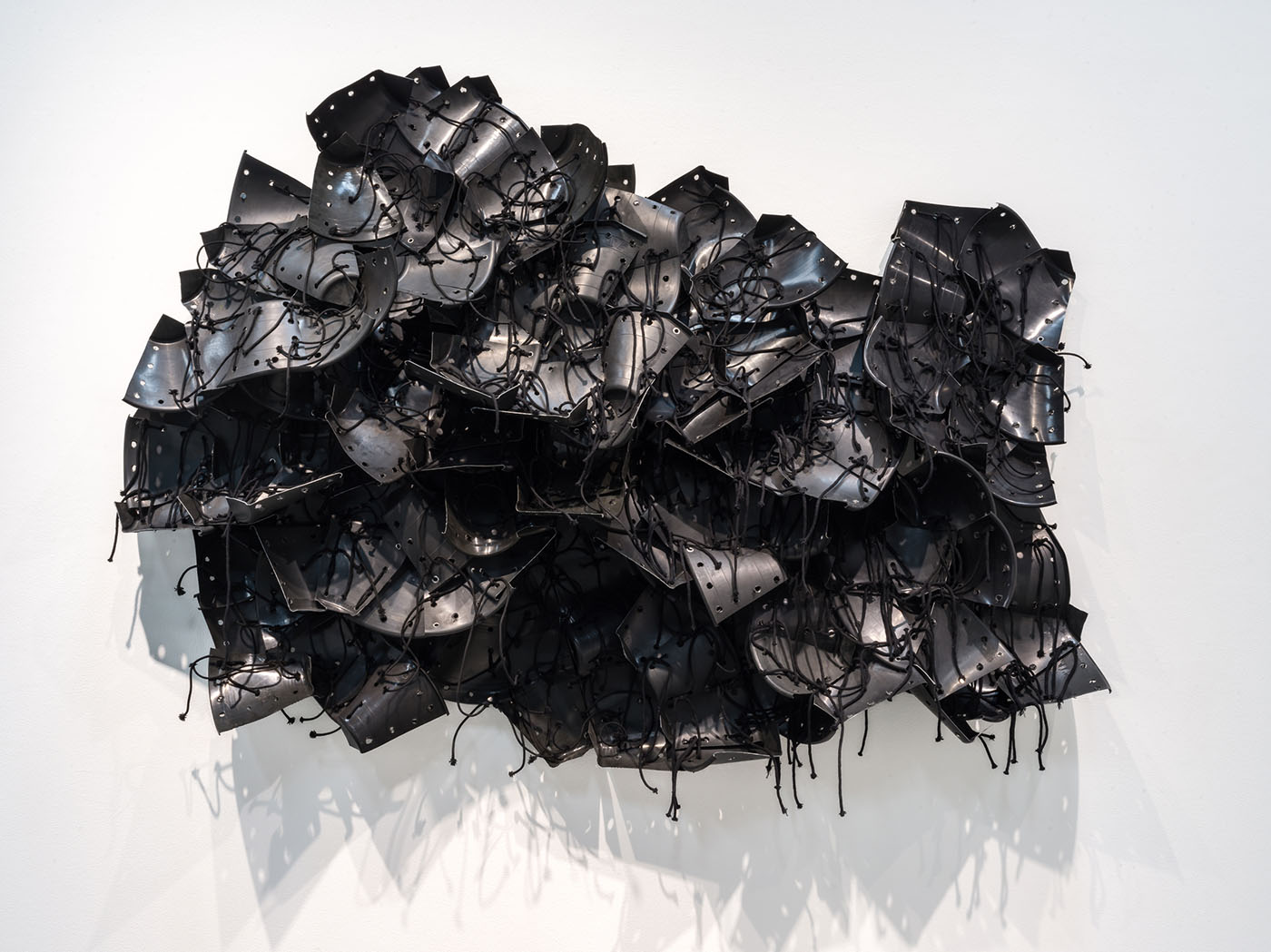

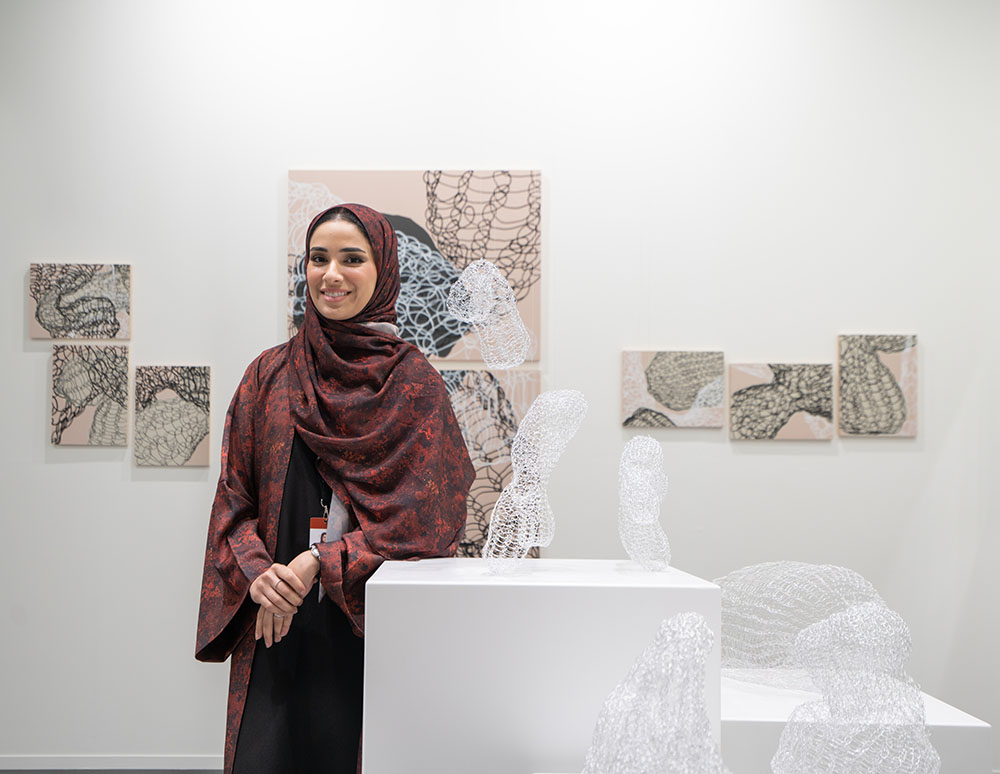
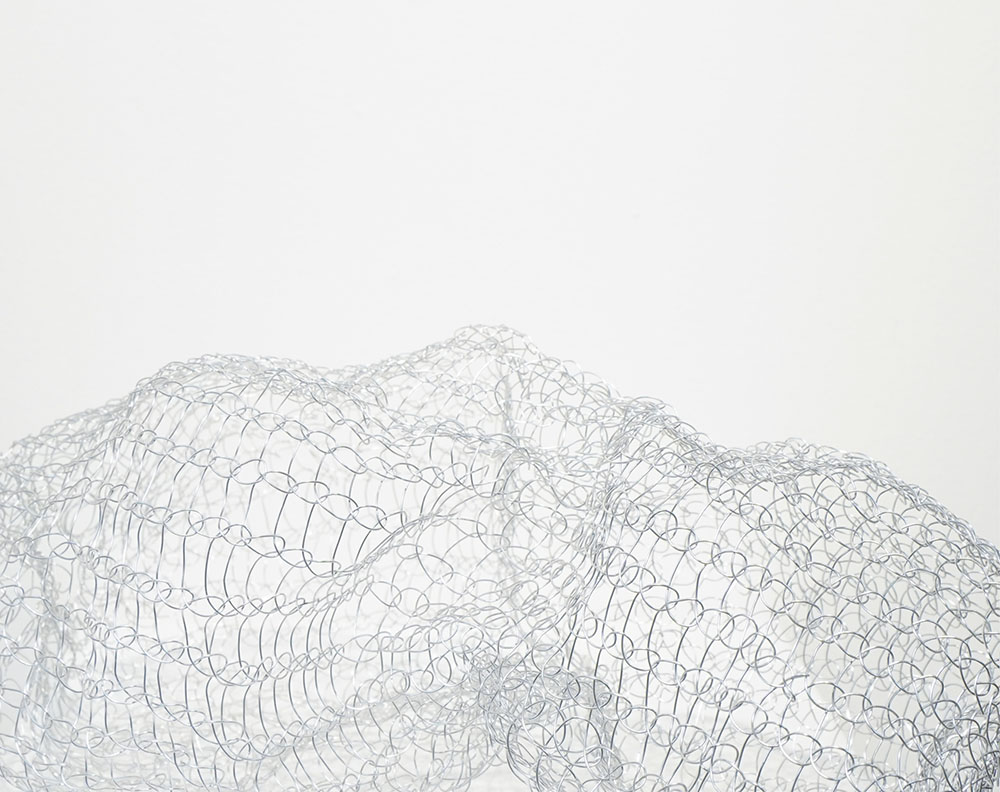
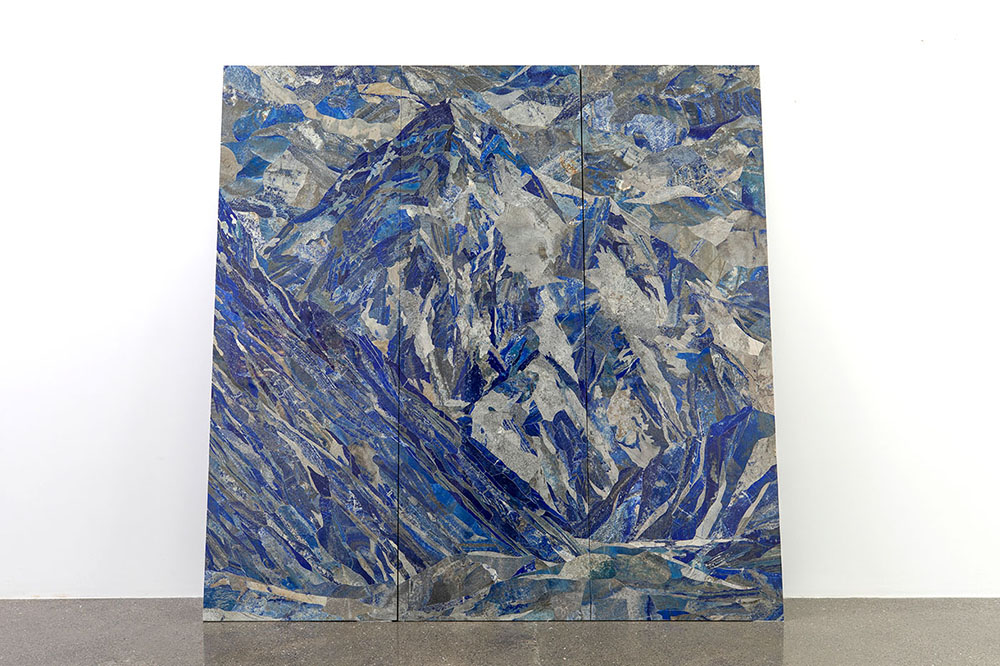
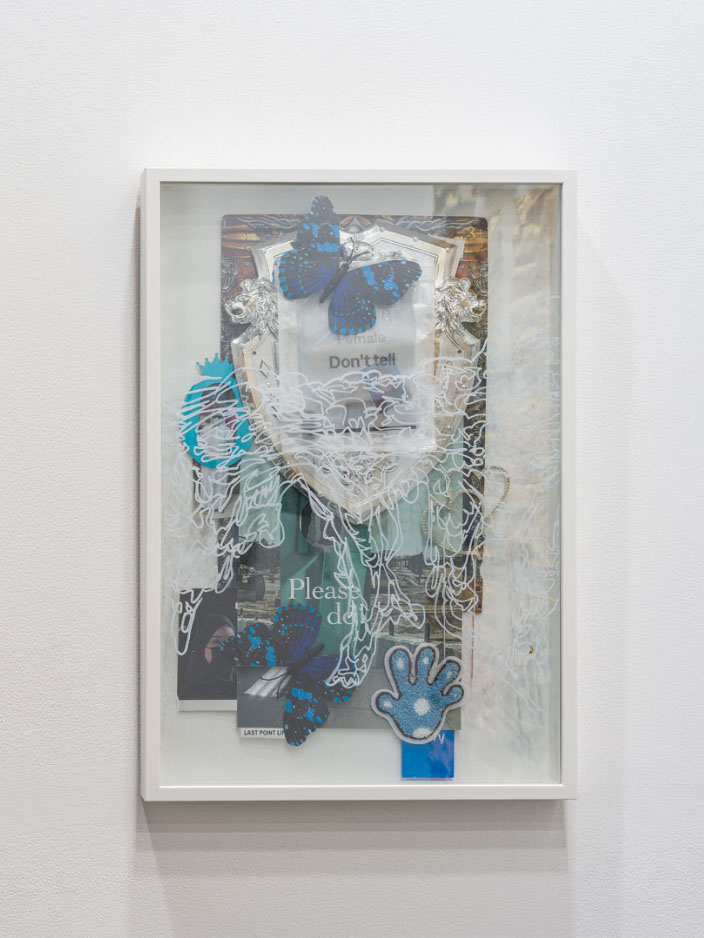
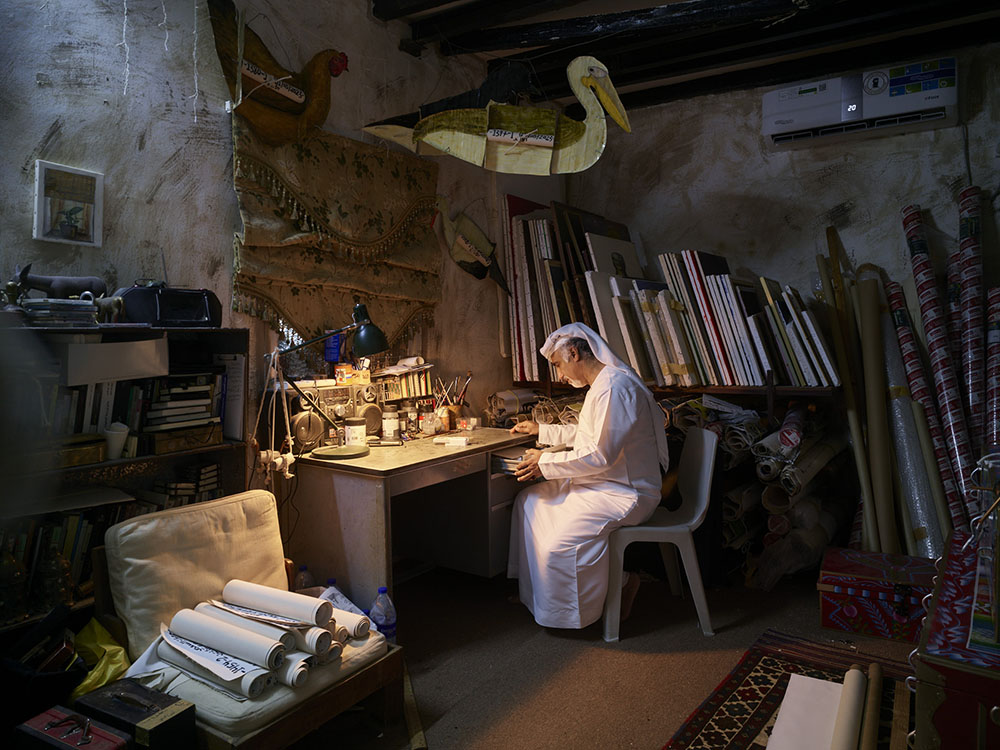
1 comment